Cybersecurity and Student Safety in K12
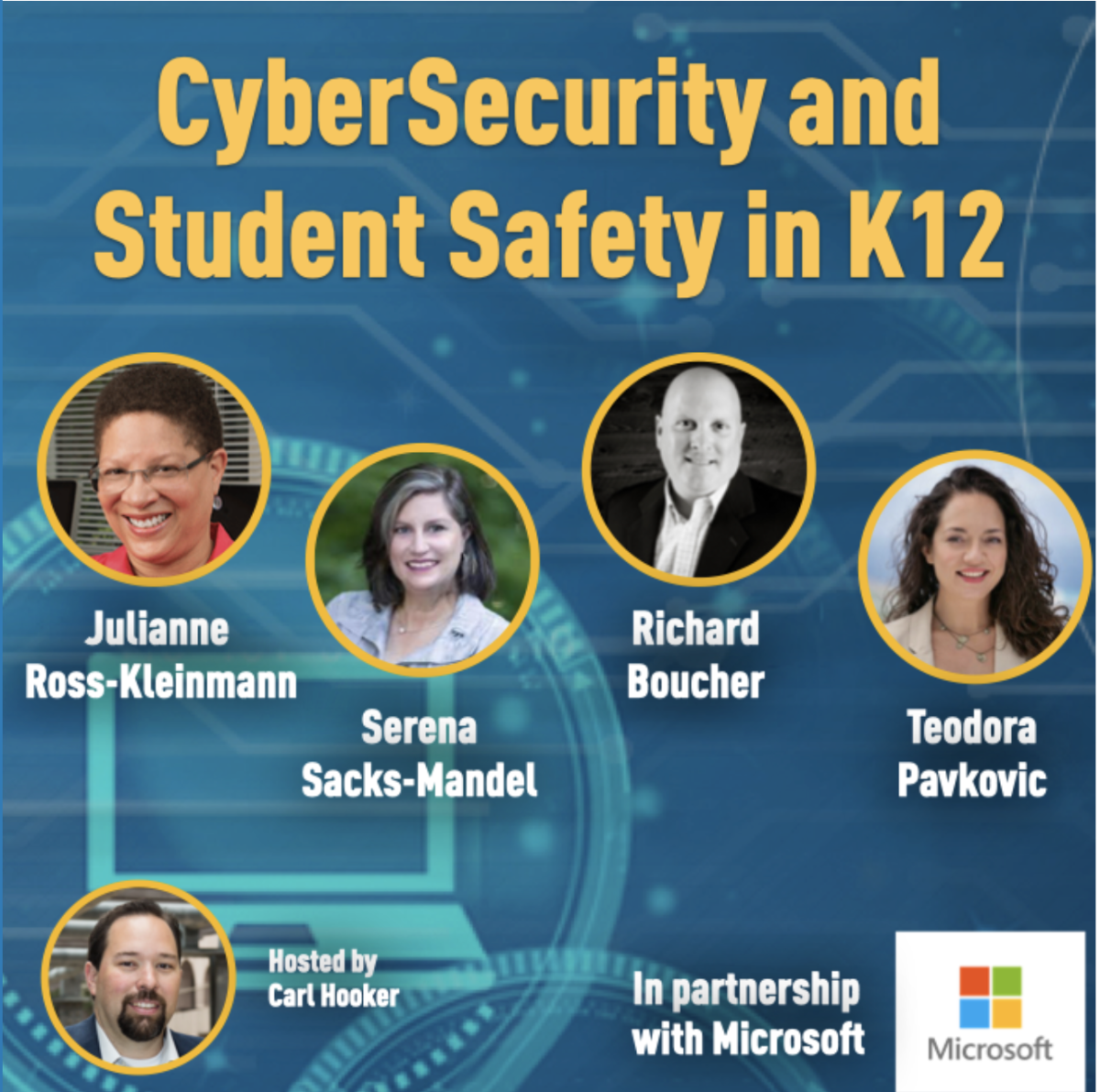
Last month, I had the pleasure to host a panel of cybersecurity experts from various aspects of education. Each brought to the table a different lens from which to tackle the modern challenges around cybersecurity and student safety in the K12 space. This post is a recap of some of the highlights of that discussion, but I also encourage you to watch the original event here for more on balancing cybersecurity in the digital age
Here were the panelists for this important discussion:
Julianne Ross-Kleinmann – Data Privacy Officer – Ulster BOCES (NY)
Serena Sacks-Mandel – Worldwide Education CTO – Microsoft
Richard Boucher – Director of Information Services – Town of Medway (MA)
Teodora Pavkovic – Cyber Psychologist and Digital Wellness Expert – Linewize
What are the biggest challenges in education currently when it comes to cybersecurity?
In light of recent cyber attacks at schools, it’s apparent our industry is a primary target for those looking to gain access to funds or important data. All the panelists acknowledged that we will never keep pace with the amount of sophisticated techniques being used, but ultimately, this becomes a people issue.
Richard Bouchard shared that “Prioritizing cybersecurity in education when things like curriculum and instruction are the primary focus is a challenge.” With all the things vying for our attention in the educational space and the additional outside noise, it makes it hard to prioritize where cybersecurity fits in the food chain. Sometimes, districts are also somewhat fearful to pull back the curtain and see where their vulnerabilities may lie. While tools and filters can be helpful, many of the attacks are coming via phishing scams which are really social hacks.
Teachers in a hurry read an email from their principal asking them to send along a few gift cards and the hook is set. Rather than physically stopping by the office to confirm or click on the email address in the mobile mail app, educators quickly comply with the request and send along hundreds of dollars to a random phisher. Training staff to identify unusual requests like these before they happen is key.
“This responsibility ultimately falls on everyone,” Julianna Ross-Kleinmnan explained. It’s not just the one librarian teaching about digital citizenship or the one tech leader trying to make sure every student and staff member is safe. Ongoing education is the key to stay up to date on best practices and raise awareness around what current threats exist. These skills aren’t limited to the CTE teacher, librarian, or tech coach, it’s shared ownership between all staff and students.
Technology is ever-changing and can be disruptive (for both good and bad reasons) when it enters the classroom. How do we balance new tools when they enter the educational space?
Whenever new technology is introduced into a society or in our case, educational space, there’s a tendency to be fearful of it. It can represent change or disruption to how we play the game of school. Tools like ChatGPT and TikTok are disruptive for educators that value the status quo when it comes to learning. At best, these tools are a fun distraction but the reality is, they are becoming more and more a daily part of a students’ life. ChatGPT gives students an opportunity to let AI assist them with learning or in some cases, even complete the tasks for them.
“Whenever we have new tools we need to ask critical questions,” adds Teodora Pavkovic. “What is everything that could go right? What is everything that could go wrong?” The wisdom of human-kind cannot be replaced by artificial intelligence. That said, there are many implications with what AI could do for teaching and learning. Should we continue to teach rote, fact-based worksheets when tools like Microsoft Excel have existed for 20+ years? Should we continue to ask students to respond to basic prompts when AI could answer it for them? The truth is, we need to teach our students how to be critical thinkers and the addition of AI will only amplify that need.
Equity also plays a major role in this discussion too as some schools will have access, based on demographics and connectivity, to more AI tools than others. Much like connectivity and access concerns prior to the pandemic, there are still digital divides in schools when it comes to how the technology is being used and why. This additional layer of AI will only magnify those gaps as we roll forward to the future.
How do we empower students to be more aware of their digital lives?
Digital citizenship is nothing new in education. Schools have been discussing this with their students for quite some time. However, now we are seeing more of the conversation shift from citizenship to ‘wellness’ when it comes to how they live their digital lives. In the past, schools might bring in a cyber expert to ‘scare’ the kids into behaving online, but with the tremendous infiltration of digital tools and social media, we need to start thinking of a different path.
When it comes to helping students navigate this ever-changing space Teodora suggests that “We don’t need to speak at them, but with them.” Involve the student in the conversation and ask them how they feel about sharing their lives online. While students feel adept using social media apps, they still need help identifying scams and phishing that will continue to increase the more they interact online.
Student agency is such a key to this conversation. Our students have been raised in such an immense digital world compared to us that we need to listen to their own experiences and share our wisdom as we can. Things like creating boundaries and limits that are self-controlled rather than adult-imposed really help with this empowerment.
When and how these skills are taught is also something for schools to consider. Serena Sacks-Mandel has been a CTO of two very large districts in the past and mentioned that her thinking has evolved from when she started. “At first, we had every teacher and student complete a digital citizenship course before we rolled out devices.” Now she feels like we should be engaging with the students on a more regular basis and not just when they are eligible to have a social media account. These conversations and expectations should start as early as Kindergarten and be an ongoing discussion as they age up through our system.
While ultimately this responsibility falls on educators, the conversation and lessons to be learned around online interactions need to be a part of the entire community. Parents and guardians need to be an important part of this conversation to really make an impact. Having the at-school and at-home environments in sync when it comes to digital wellness invites all stakeholders to speak a common language.
How do school leaders balance blocking/banning tools vs. helping students learn with the tools?
The influx of digital tools is disruptive to schools in both good and bad ways. The genie is out of the bottle when it comes to using technology and the internet in schools. Richard mentions that even if we block apps, students can still use their phones and 5G to access these programs. Internally, schools need to have a process to approve apps and tools that have instructional benefits AND adhere to data privacy best practices.
Balance is such a key part of this process when it comes to not only what tools we use but also how parents limit digital usage. There are several tech solutions out there for monitoring, filtering, and tracking usage, but as Teodora mentions, “there’s also a major component of educating the community.” Just locking down doesn’t teach students how to navigate certain online risks because they won’t have the opportunity in some ways to learn from their online mistakes.
As part of that education, we also need to be listening to what students are talking about in the hallways and in between passing periods when it comes to online tools. When, not if, a mistake happens online, Julianne says “it needs to be a teachable moment” but those don’t happen if everything is blocked and shut down.
Ultimately, technology can help us much more than it can hurt us as long as we educate our students and community well. Serena shared a powerful quote from a colleague – “When students wrote on the bathroom wall, we didn’t lock the bathroom.” By that same vein, turning off the internet or blocking everything won’t teach them how to navigate this world safely. This conversation is ever-evolving with new tools and AI being introduced every day. Keeping abreast of latest trends while also having an interactive conversation with students and stakeholders is the key to navigating digital wellness going forward.
One particular tool I’d like to share is Microsoft’s Trust Center. The folks at Microsoft have created this tremendously useful website to tackle the challenges around digital privacy and cyber security. In our ever changing world, the more we can connect and share great resources like this, the more likely our students’ digital journey will not only be safe, it will be powerful.
Editor’s note: This blog and the webinar for which it is based on is supported by Microsoft.
Recommend0 recommendationsPublished in Leadership Voices

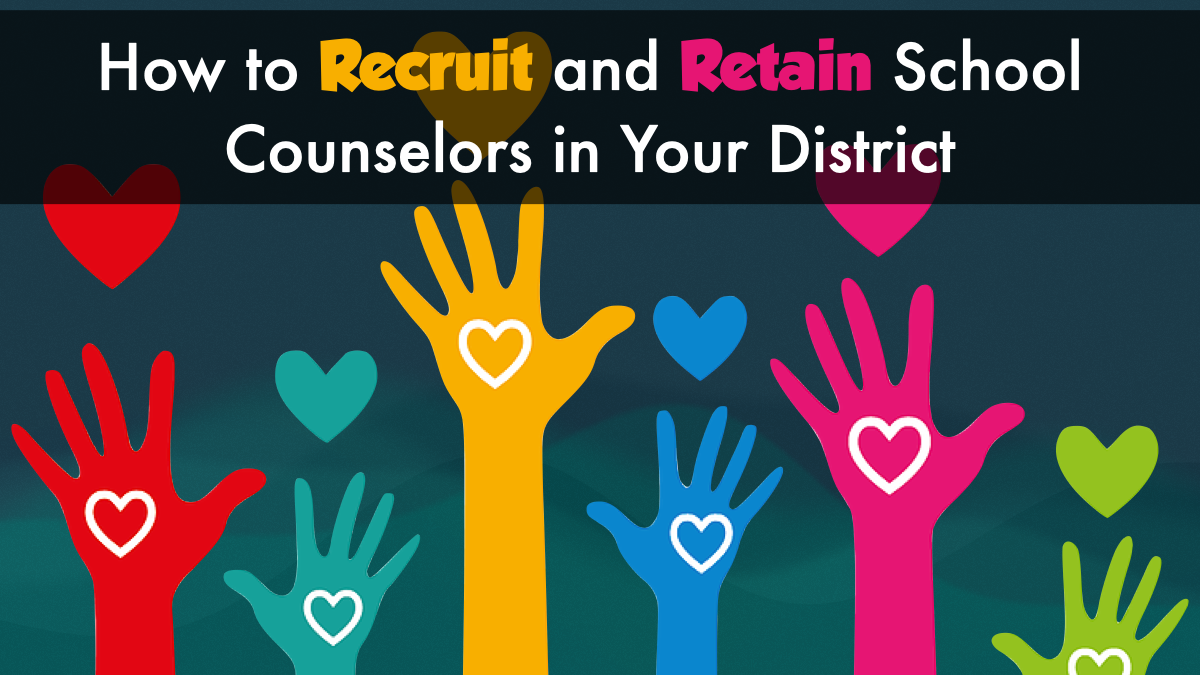
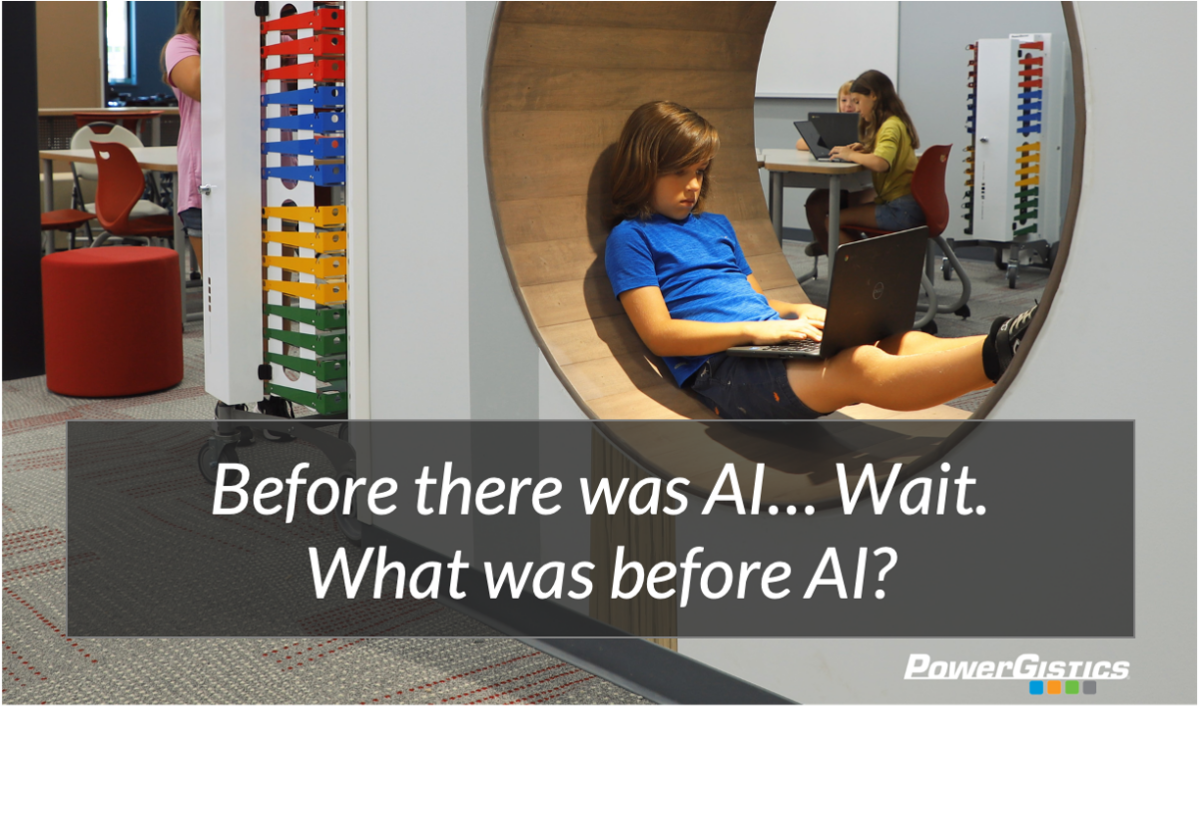
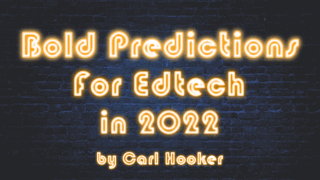
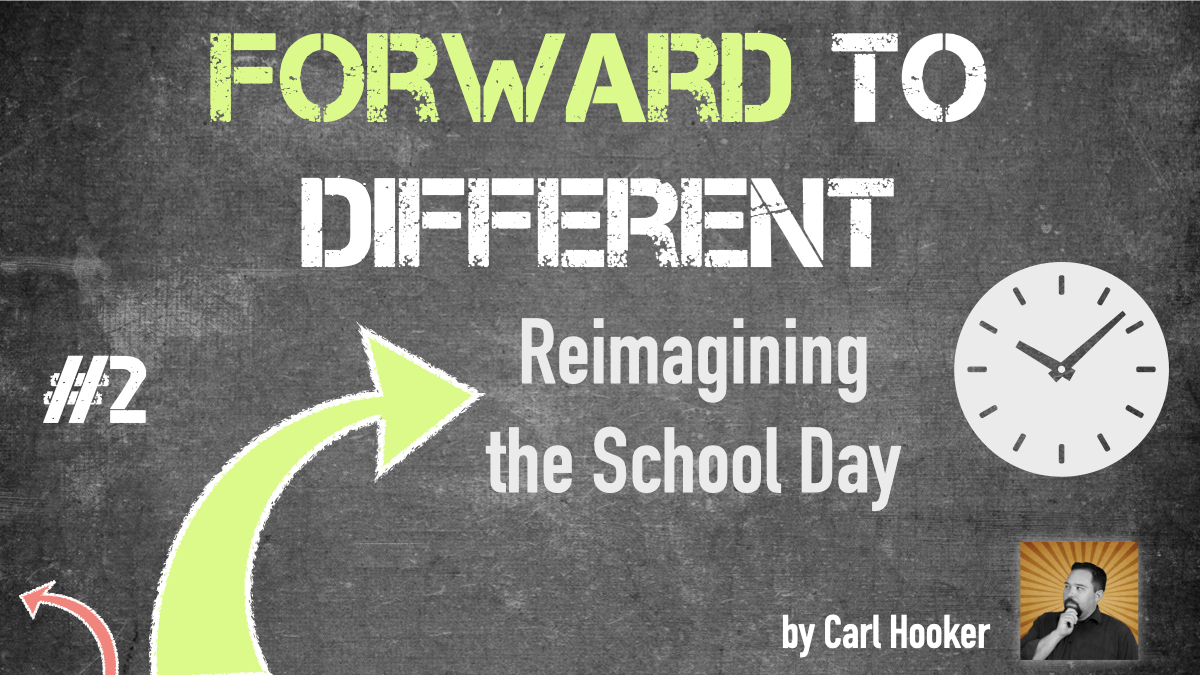
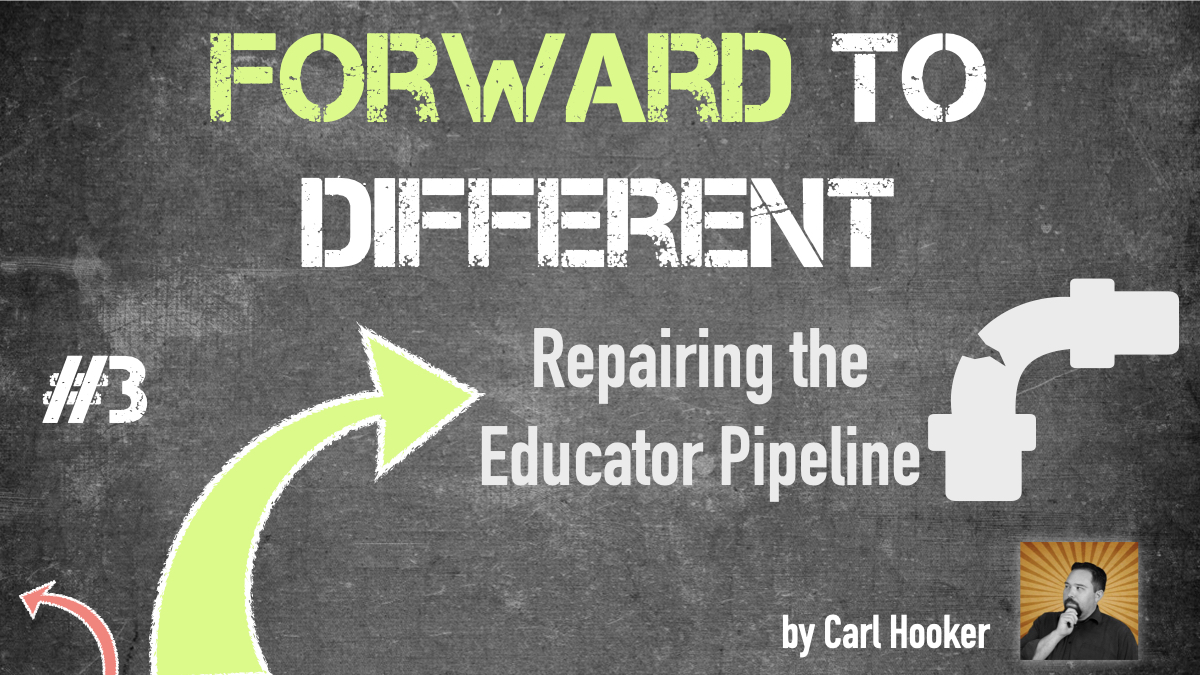
Responses